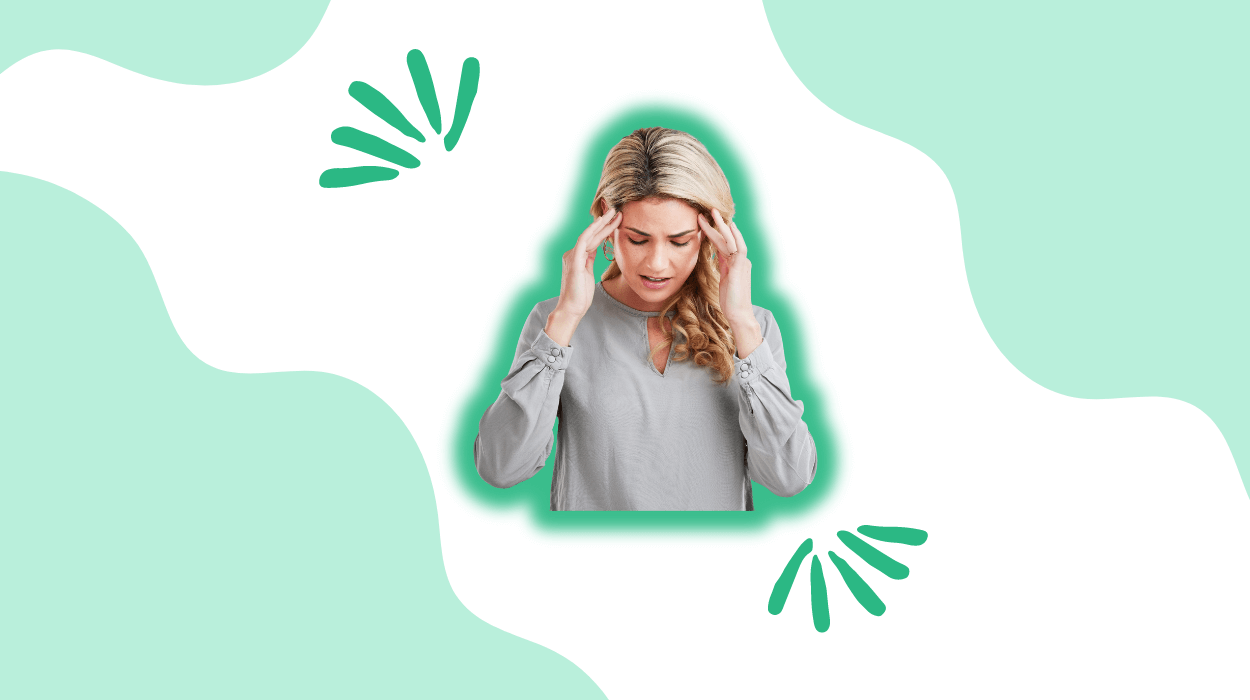

Propranolol is a type of beta-blocker traditionally used to cure heart disease. Beta-blockers usually work by blocking heart receptors for epinephrine. This may help in reducing anxiety symptoms.
Situational anxiety like stage fright, social phobia, performance pressure, or social anxiety could make you feel fearful or tense about social arrangements. It could also cause an increased heart rate, profuse sweating, or shakiness.
Propranolol may help address these problems and calm your mind. Doctors may also prescribe Propranolol to prevent migraines.
This article provides insights into Propranolol’s working mechanism and its efficacy in managing anxiety symptoms. It also discusses the possible drawbacks of taking Propranolol and how long it usually takes to see its effects.
Propranolol is a non-selective beta-blocker known by the brand name Inderal. It was initially formulated to lower blood pressure and improve heart function and survival after a heart attack.
Propranolol is an FDA-approved medication for the treatment of angina pectoris, atrial fibrillation, and essential tremor. It could also manage and help prevent hypertension, migraine headaches, and myocardial infarction.
As a non-selective beta-blocker, Propranolol’s impact extends beyond the cardiovascular system, allowing it to be prescribed for other purposes like anxiety.
Propranolol manages the physical symptoms associated with anxiety, such as rapid heart rate and increased blood pressure. It works by obstructing the effects of adrenaline in the body, which helps reduce anxiety flare-ups.

When the body faces a stressful situation, its fight-or-flight response is activated. It leads to an increase in blood pressure, heart rate, and other physical manifestations of anxiety. Propranolol works by inhibiting this response, preventing the body from going into overdrive and reducing the physical symptoms associated with anxiety.
Propranolol targets beta receptors in the body, which are responsible for transmitting adrenergic messages. It might reduce physical signs like trembling, rapid heart rate, sweating, and shaking by blocking beta receptors. This may result in providing some relief from anxiety, making you feel more calm and in control.
People with a history of allergic reactions to Propranolol or any other medication should not take Propranolol. These allergic reactions could range from mild symptoms like itching and rash to severe reactions such as difficulty breathing and swelling.
It is essential to inform your doctor about prior allergic reactions before starting Propranolol.
People with slow or irregular heartbeat, heart failure, asthma, or other lung disease should use Propranolol under medical supervision or refrain from it altogether.Although Propranolol is generally considered safe during breastfeeding and pregnancy, it may pass into breast milk in small amounts. Monitoring the baby for unusual feeding patterns or sleepiness is advised.
Also See:
Serious side effects with Propranolol may be rare. However, it is still vital to be watchful and report any unusual or concerning symptoms to a healthcare professional.
The duration of the effects of Propranolol varies depending on individual response, dosage, and specific formulation of the medication.
After taking a dose of Propranolol, the concentration in the blood is maximum between 1 and 4 hours. As time passes, the effects of Propranolol gradually start to diminish.
A doctor may recommend multiple doses of Propranolol to maintain its effects throughout the day. Depending on the person’s needs, this may range from three to four times daily.
The formulation of Propranolol could also impact the duration of its effects. For example, extended-release versions of Propranolol take longer to start working but remain effective for a longer duration, allowing for sustained anxiety relief.
Propranolol medication has been utilized in various capacities to treat anxiety. People with anxiety disorders like panic disorder, generalized anxiety disorder, and specific phobias such as stage fright could benefit from the use of Propranolol. Research suggests that Propranolol may also be effective in treating post-traumatic stress disorder (PTSD). In combination with cognitive-behavioral therapy (CBT) sessions, Propranolol may show promising results in reducing performance anxiety and physical anxiety symptoms.
The recommended dosage for Propranolol varies depending on the treatment goals and can be prescribed in either slow-release or extended-release forms.
Typically, lower doses of Propranolol are prescribed initially and could be adjusted based on the drug’s efficacy and potential side effects. The initial doses often range between 10mg and 20mg.
It is essential to have a regular follow-up with your doctor and provide open feedback about your experience to determine the most appropriate dose for your specific needs.
Propranolol is available in slow-release capsules that could gradually release the medication into the bloodstream to sustain the effect. The slow-release form is often prescribed for as-needed use, allowing flexibility in managing anxiety symptoms.
Prolonged-release capsules may have a dosage between 240mg and 320mg and provide a steady level of Propranolol over time when compared to regular-release tablets.
The optimal time to take Propranolol might vary depending on the person and the specific formulation of the medication.
If you plan to take the medication daily, an extended-release capsule could be a better choice. This type of capsule maintains a constant level of the medication in your body throughout the day.
If you want to treat anxiety symptoms as they occur or before specific events, like public speaking, Propranolol could be taken as a slow-release tablet, which may allow for flexibility in timing.
There are no specific dietary restrictions while taking Propranolol for anxiety. However, it is important to maintain a healthy diet and avoid excessive intake of caffeine or alcohol, as they may increase anxiety symptoms.
Propranolol may be used as a long-term treatment approach for anxiety, as it has shown efficacy in managing physical symptoms. However, it is essential to consider individual needs and responses and to continue with other therapies as prescribed by a doctor.
Yes, Propranolol can be taken with other medications for anxiety. However, it is essential to consult a doctor to ensure no potential interactions or contraindications between Propranolol and other drugs.
Propranolol is generally considered safe for pregnant women, as it is not believed to be harmful to the fetus. However, it is essential for pregnant women to consult with their doctor or midwife for individualized advice and to discuss any potential health risks or concerns.
Propranolol can be used to treat anxiety in children. Still, it should only be prescribed under the guidance of a healthcare professional. The dosage and duration of treatment might depend on the child’s specific needs and response to the medication.
Propranolol may be effective for treating symptoms of anxiety and the disorders associated with it. They may also help stabilize rapid heart rate and increased blood pressure.
This medication is only available through a prescription and may take 1 to 4 hours to portray its effectiveness.
Propranolol could have potential downsides to it, including vasoconstriction, headache, and fatigue. The long-term use of Propranolol may also cause liver problems and Thrombocytopenia.
Consult a doctor before taking Propranolol to ensure safety and compatibility. Doing so could help you avoid medicinal interactions or potential health risks associated with propranolol usage.
Tyler Read earned an undergraduate academic degree from Sonoma State University, California and is a certified personal trainer (CPT) with NASM (National Academy of Sports Medicine). With over 16 years of experience, Tyler has trained clients both online and in-person.
He is passionate about helping others turn their love for fitness into a career. Tyler has worked with many local and commercial gyms before establishing his successful private personal training business, which he continues to operate.
